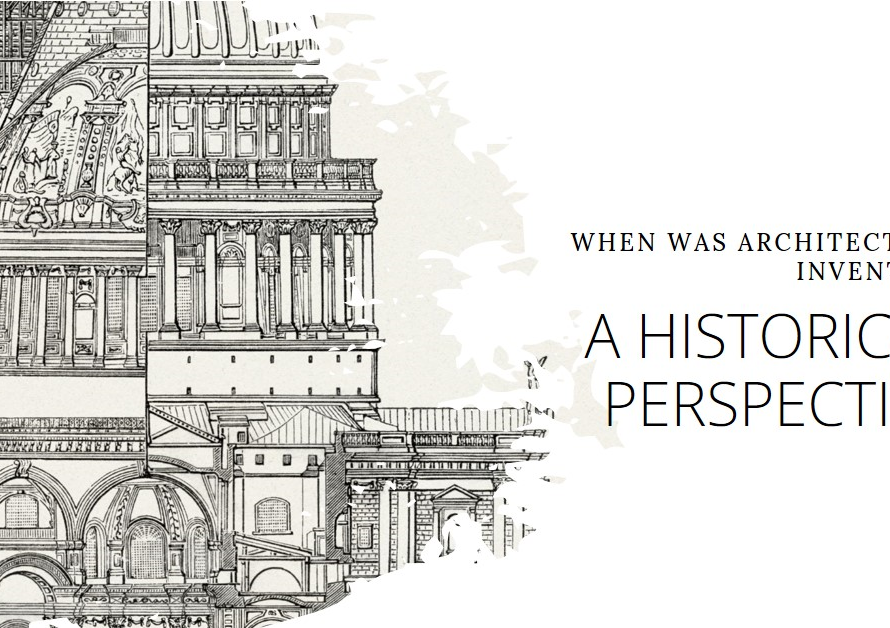
Table of Contents
In today’s digital landscape, 3D virtual tours have emerged as powerful tools for communicating messages, showcasing spaces, and engaging audiences in immersive experiences. Whether for real estate, architecture, tourism, education, or entertainment, the ability to deliver a clear and compelling message through virtual tours is essential. This comprehensive guide explores professional strategies, storytelling techniques, interactive features, and best practices to help you master the art of message delivery in your 3D virtual tours, captivating viewers and conveying impactful narratives.
1. Understanding the Power of Virtual Tours
Begin by understanding the unique advantages of 3D virtual tours in delivering messages effectively. Virtual tours offer immersive experiences that allow viewers to explore spaces remotely, interact with content, and gain a deeper understanding of environments, products, or concepts. They provide a sense of presence, scale, and context that traditional media like photos or videos may lack, making them ideal for storytelling and message delivery.
2. Defining Your Message and Objectives
Clearly define the message, narrative, and objectives you intend to communicate through your virtual tour. Whether it’s showcasing a property’s features, highlighting design concepts, guiding educational experiences, or promoting a destination, a well-defined message ensures coherence, relevance, and impact throughout the tour. Identify key selling points, story elements, informational highlights, or emotional triggers that align with your goals.
3. Planning Tour Flow and Interaction Points
Map out the tour flow, navigation paths, and interaction points to guide viewers through a structured and engaging journey. Consider the sequence of spaces, viewpoints, transitions, hotspots, annotations, multimedia elements, and interactive features such as clickable buttons, pop-up information, embedded videos, quizzes, or virtual reality modes. Balance exploration freedom with guided storytelling to maintain viewer interest and focus.
4. Showcasing Key Features and Details
Highlight key features, design details, functionalities, amenities, or unique selling points relevant to your message and audience interests. Use hotspots, labels, tooltips, or interactive overlays to provide context, descriptions, specifications, or multimedia content related to highlighted elements within the virtual environment. Emphasize visual storytelling, storytelling cues, and focal points to draw attention and convey messages effectively.
5. Crafting Compelling Narratives
Craft compelling narratives, scenarios, or story arcs that unfold as viewers navigate through the virtual tour. Incorporate storytelling techniques such as introductions, progressions, climaxes, resolutions, and calls-to-action to engage emotions, build suspense, convey information, and create memorable experiences. Use multimedia assets, voiceovers, ambient sounds, background music, or textual prompts to enhance storytelling impact.
6. Enhancing Visual Quality and Immersion
Ensure high visual quality, realism, and immersion in your virtual tour to captivate viewers and enhance message delivery. Optimize textures, lighting, shadows, reflections, animations, and 3D models for realism and visual appeal. Pay attention to spatial design, scale accuracy, perspective consistency, and environmental details to create immersive and believable virtual environments that support your message.
7. Incorporating Branding and Identity Elements
Integrate branding elements, logos, color schemes, typography, and visual identity elements seamlessly into your virtual tour design. Maintain brand consistency across tour interfaces, navigation elements, informational overlays, and promotional materials within the tour environment. Use branded content strategically to reinforce brand messaging, values, and associations throughout the tour experience.
8. Providing Contextual Information and Guidance
Provide contextual information, guidance, and contextual cues throughout the tour to help viewers navigate, understand, and interpret the virtual environment effectively. Use annotations, captions, tooltips, directional indicators, floor plans, maps, legends, or guided tours to orient viewers, explain concepts, highlight features, and support message comprehension without overwhelming or distracting from the main narrative.
9. Engaging Viewers Through Interactivity
Engage viewers actively through interactive elements, gamification elements, challenges, quizzes, polls, or interactive storytelling branches within the virtual tour. Encourage exploration, participation, and decision-making through interactive scenarios, clickable objects, interactive simulations, or virtual experiences that align with your message objectives and audience engagement goals.
10. Measuring Impact and Iterating


Measure the impact of your virtual tour in delivering the intended message, engaging viewers, driving conversions, or achieving desired outcomes. Use analytics, viewer feedback, user behavior data, heatmaps, click-through rates, session durations, and conversion metrics to evaluate tour performance, identify strengths, pinpoint areas for improvement, and iterate on tour design, messaging, or interactive elements for continuous optimization and impact enhancement.
By implementing these professional strategies, leveraging interactive storytelling, and maximizing the immersive potential of 3D virtual tours, you can deliver messages effectively, create memorable experiences, and achieve your communication goals across diverse industries and audience segments. Stay attuned to audience feedback, technological advancements, and storytelling trends to innovate, refine your virtual tour strategies, and remain impactful in an evolving digital landscape.


